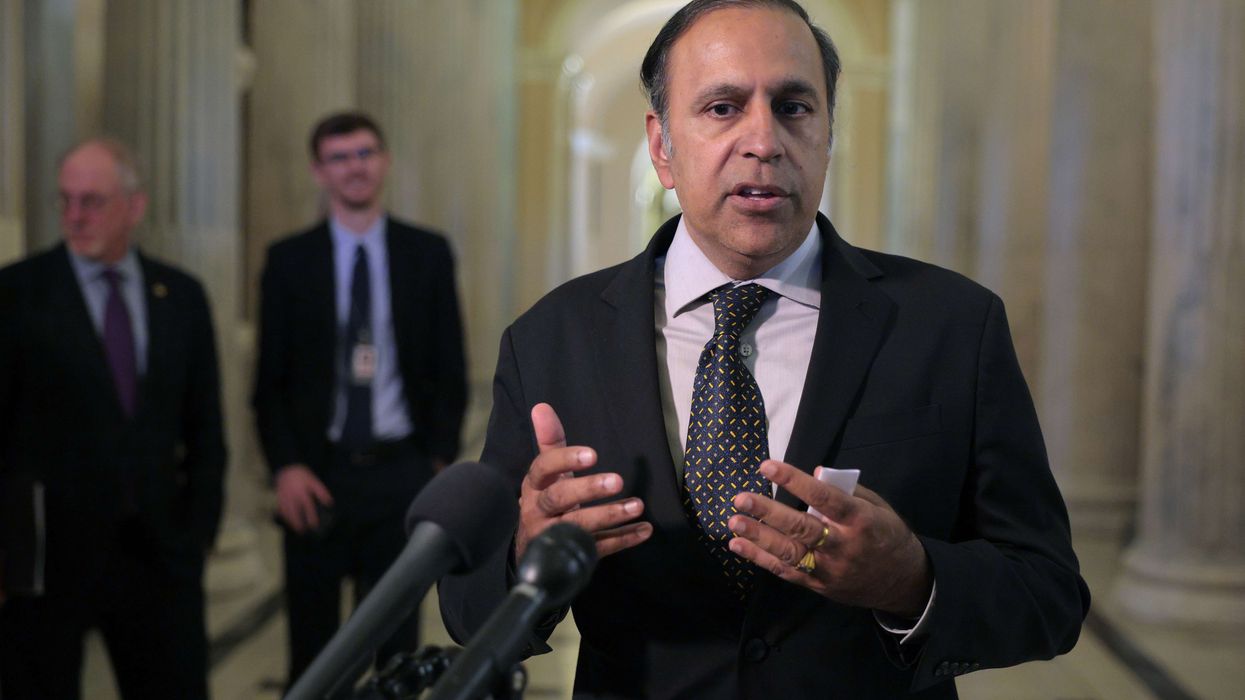THE U.S. PIPELINE reached a record 6,211 projects and 722,821 rooms, up 9 percent and 7 percent year-over-year, according to Lodging Econometrics' third quarter 2024 U.S. Hotel Construction Pipeline Trend Report. Dallas leads the five markets with the largest hotel construction pipelines, reaching a record 194 projects and 22,803 rooms.
Approximately 1,185 projects with 148,716 rooms were under construction at the end of the third quarter, which is an 11 percent increase in projects and 6 percent in rooms year-over-year, the report said. Projects set to start construction within 12 months total 2,209 projects with 251,797 rooms. Early planning reached 2,817 projects and 322,308 rooms, both up 17 percent year-over-year.
LE analysts reported that the upper-midscale chain scale leads the pipeline with 2,315 projects and 224,703 rooms, followed by upscale with 1,407 projects and 174,127 rooms. Together, these segments comprise 60 percent of all projects. The midscale segment also reached a record with 928 projects and 77,600 rooms, up 19 percent in projects and 16 percent in rooms year-over-year.
Construction and conversions
Construction starts reached their highest level of 2024 at quarter-end, with 181 projects and 20,840 rooms, up 18 percent in projects and 25 percent in rooms year-over-year. Brand conversions also set a record with 1,247 projects and 120,912 rooms. Combined with 722 renovation projects totaling 141,136 rooms, the renovation and brand conversion pipeline stands at 1,969 projects and 262,048 rooms.
In the third quarter, 408 new hotels with 48,258 rooms opened in the U.S., with 223 more projects and 23,902 rooms expected by year-end 2024. LE projects 631 new hotels and 72,160 rooms by year-end, a 1.3 percent supply increase. In 2025, 759 new hotels with 86,264 rooms are expected, a 1.5 percent increase. For 2026, LE forecasts 938 new hotels and 101,017 rooms, a 1.8 percent supply growth.
Market highlights
Dallas leads the five markets with the largest hotel construction pipelines, followed by Atlanta with 166 projects and 19,174 rooms, Nashville with 130 projects and 16,966 rooms, Phoenix with 123 projects and 15,999 rooms, and Austin with 119 projects and 13,962 rooms. Together, they account for 732 projects and 88,904 rooms.
In the third quarter, the most active markets for hotel projects under construction were New York with 42 projects and 6,771 rooms, Dallas with 30 projects and 3,443 rooms, Atlanta with 26 projects and 3,001 rooms, Phoenix with 25 projects and 4,522 rooms, and Nashville with 23 projects and 3,269 rooms.
Dallas also leads with 73 projects and 8,708 rooms scheduled to start in the next 12 months, followed by Atlanta with 62 projects and 7,708 rooms, Inland Empire with 57 projects and 5,670 rooms, Phoenix with 55 projects and 6,620 rooms and Austin with 49 projects and 5,797 rooms.
In the early planning stage, Dallas leads with 91 projects adding 10,652 rooms. Atlanta follows with 78 projects for 8,465 rooms, Nashville has 64 projects totaling 7,885 rooms, while Austin and Los Angeles have 55 projects and 6,434 rooms, and 51 projects and 8,491 rooms, respectively.
Renovations and conversions
LE recorded a total of 1,969 active U.S. renovation and conversion projects with 262,048 rooms in the third quarter. The markets with the largest number of renovations and conversions are Chicago with 34 projects and 7,704 rooms, Atlanta with 31 projects and 4,557 rooms, Phoenix with 29 projects and 5,267 rooms, Washington, DC-Maryland-Virginia with 29 projects and 4,452 rooms, and Los Angeles with 28 projects and 4,468 rooms.
In the third quarter, 401 new project announcements totaled 42,413 rooms. Dallas leads with 15 projects and 1,549 rooms, followed by Atlanta with 11 projects and 1,104 rooms, Austin with nine projects and 909 rooms, Nashville with eight projects and 1,142 rooms, and Fort Worth-Arlington with seven projects and 1,145 rooms.
According to LE analysts, 408 new hotels with 48,258 rooms opened in the U.S. through the third quarter of 2024. Of these, 67 percent of hotels or 60 percent of rooms were in suburban locations, while 47 percent of hotels or 54 percent of rooms were in the top 50 markets.
LE forecasts an additional 223 hotels with 23,902 rooms to open in the U.S. for the remainder of 2024, bringing the total to 631 new hotels and 72,160 rooms. The New York market is expected to open 20 new hotels with 2,181 rooms, followed by Atlanta and Dallas with 16 new hotels each (2,898 and 2,045 rooms, respectively), Orlando with 13 new hotels and 2,398 rooms, and Indianapolis with 12 new hotels and 1,347 rooms.
Looking ahead, LE forecasts 759 new hotel openings and 86,264 rooms in 2025, followed by 938 new hotel openings and 101,017 rooms in 2026. In 2025, New York leads with 23 new hotels and 3,147 rooms, followed by Nashville and Dallas, each with 18 new hotels (2,463 and 1,820 rooms, respectively), Phoenix with 17 new hotels and 2,864 rooms, and Inland Empire with 16 new hotels and 1,530 rooms.
In August, LE reported that the top five U.S. markets for hotel construction pipelines are led by Dallas, with 189 projects and 22,392 rooms in Q2 2024, just four projects shy of its Q4 2023 record.














